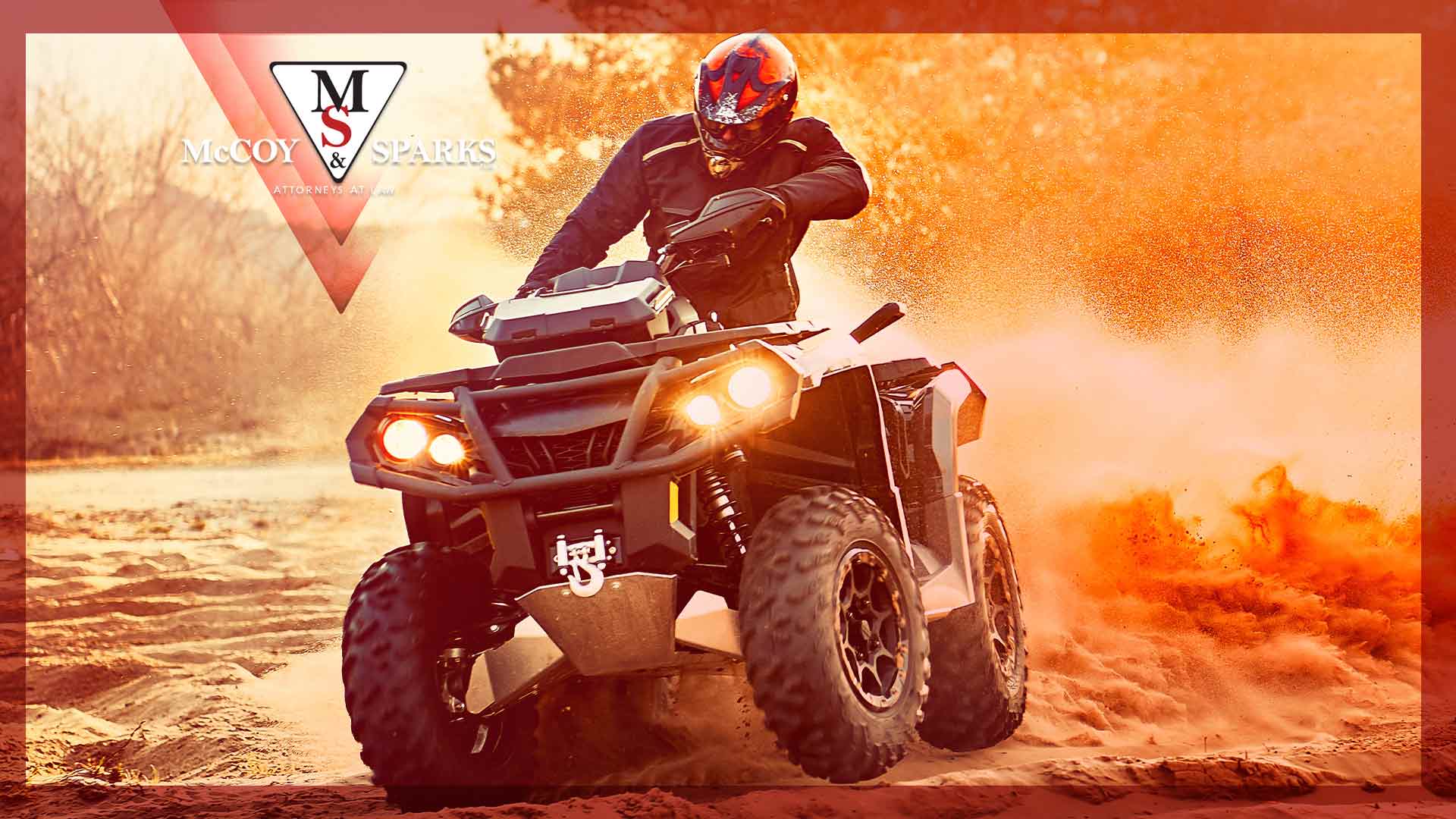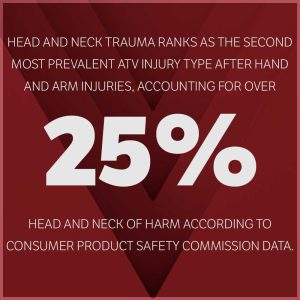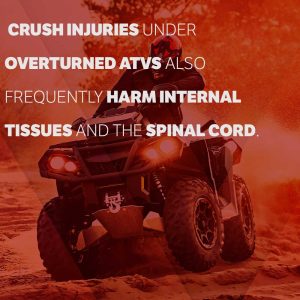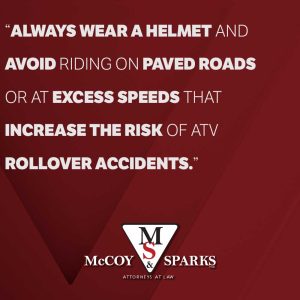
What you’ll learn from this article:
- The most prevalent ATV accident injuries are head and neck trauma, broken bones, sprains, dislocations, soft tissue damage, and internal organ injuries.
- Common causes of ATV accidents, such as ejections, rollovers, and collisions with stationary objects.
- The potential financial compensation available for various injuries and how experienced ATV accident lawyers can provide personalized counsel and support throughout the recovery process.
ATVs, or all-terrain vehicles, can be thrilling recreational vehicles that allow you to explore rugged backcountry terrain. However, they can also be extremely dangerous, causing catastrophic injuries and even death in a crash. If you or a loved one have suffered harm in an ATV accident, understanding the most frequent ATV accident injuries can help you seek proper medical treatment and pursue fair compensation. This blog covers the key injury risks, common accident causes, and steps toward physical, emotional, and financial recovery after an ATV crash.
Head and Neck Injuries

Head and neck trauma ranks as the second most prevalent ATV injury type after hand and arm injuries, accounting for over 25% of harm according to Consumer Product Safety Commission data. Most head/neck injuries occur when riders are ejected from ATVs that skid, overturn, or collide with stationary objects. Typical head injuries include traumatic brain injuries like concussions and contusions, along with facial lacerations and fractures. Spinal injuries are also common, ranging from minor sprains to paralysis.
Always wear a helmet and avoid riding on paved roads or at excess speeds that increase the risk of ATV rollover accidents. Pay attention to any mild concussion symptoms like headache, fatigue, memory problems, or mood changes post-accident. Seek medical advice and testing and talk to your doctor, even if you are temporarily feeling fine after a collision.
Broken Bones

ATV accidents often fracture arms, legs, ankles, collarbones, ribs, and other bones at high impacts, especially when riders are crushed under overturned vehicles. The wrist is prone to several tiny, complex fractures. See a doctor even for suspected minor fractures, which often require casting. Most breaks heal fully if properly realigned and protected. However, complex fractures risk long-term disability without surgery and physical rehabilitation.
Sprains, Dislocations, and Soft Tissue Damage
More of the most common ATV injuries include joint dislocations, where sudden forces pull the joint surfaces apart. Knees, elbows, and shoulders dislocate most often. The stretching and tearing of ligaments, tendons, and muscles around joints also causes extremely painful sprains and strains. Expect intense bruising, swelling, stiffness, and weakness for weeks post-injury around affected joints until the soft tissues heal.
Internal Organ Injury
Handlebar or seat blows during ejections can damage the liver, spleen, kidneys, and other internal organs. Crush injuries under overturned ATVs also frequently harm internal tissues and the spinal cord. Symptoms like abdomen or back pain, nausea, vomiting, and signs of shock following an accident require immediate emergency surgery to stop internal bleeding and repair damaged organs. Long hospitalizations commonly follow surgery.
McCoy & Sparks – Kentucky Personal Injury Lawyers

As highlighted above, ATV accidents cause wide-ranging harm—from surface scrapes to permanently disabling traumatic brain or spinal cord injuries. Whatever your or your family member’s post-crash challenges, support stands ready to help guide difficult treatment decisions and secure the financial means for complete medical rehabilitation and earning power restoration.
Connect today with the experienced ATV accident lawyers at McCoy & Sparks for personalized counsel on receiving fair accident compensation. We charge no up-front fees for dog bite accident cases and you owe us nothing until we recover compensation for you. Schedule your FREE consultation today by calling 844-459-9467 or filling out our online form.

